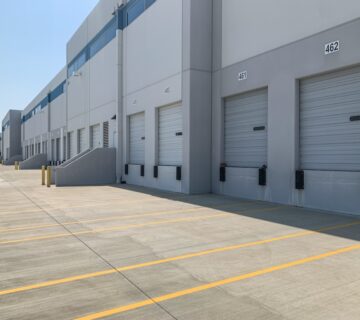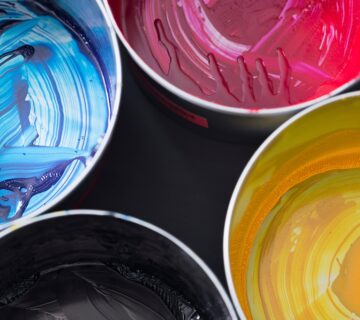When planning an exterior painting project, the influence of weather cannot be overstated. The success of painting the exterior of a house largely hinges on the weather conditions before, during, and immediately after the project. Understanding how various weather conditions affect paint application and drying is critical to achieving a long-lasting, high-quality finish. This blog delves into key weather considerations that homeowners should be aware of when embarking on exterior painting projects, recognizing that weather is a crucial factor in the outcome of such endeavors.
The Ideal Weather for Exterior Painting
Typically, the best weather for exterior painting is mild temperatures with low humidity. This kind of weather provides an optimal environment for the paint to dry evenly and adhere properly to the surface. Ideally, temperatures should be between 50°F and 85°F. Painting in temperatures that are too high can cause the paint to dry too quickly, leading to brush marks and uneven adhesion. Conversely, painting in too cold temperatures can prevent the paint from setting correctly, potentially leading to cracking and peeling. Understanding these nuances helps homeowners plan their painting projects strategically, aiming for conditions that optimize paint performance and longevity.
Humidity’s Impact on Drying
Humidity plays a significant role in how paint dries. High humidity can prolong the drying time of paint, increasing the likelihood of drips and a splotchy finish. It can also lead to mildew and mold problems if the paint doesn’t dry properly. On the other hand, low humidity is ideal as it allows the paint to dry and cure faster and more evenly. Monitoring the humidity level during your project is essential for timing your painting right. By accounting for humidity levels, homeowners can mitigate potential issues and ensure a smooth, uniform finish that withstands the test of time.
The Role of Direct Sunlight
While a sunny day might seem like perfect painting weather, direct sunlight can pose challenges. Painting a surface that is in direct sunlight can cause the paint to blister and peel because it dries too quickly. If possible, plan your painting schedule so that you’re working on shaded areas. If this isn’t feasible, try to paint the sun-exposed areas in the early morning or late afternoon when the sun is less intense. By strategically scheduling painting tasks to avoid direct sunlight, homeowners can minimize the risk of undesirable outcomes and achieve professional-quality results.
Rain and Exterior Painting
Rain is a significant deterrent to exterior painting. Not only does rain wash away wet paint, but it can also affect freshly painted surfaces before they have had a chance to fully cure. It’s crucial to check the weather forecast and ensure there is a dry window of at least 24 to 48 hours before and after painting. This period allows the paint to dry and adhere properly without the risk of water damage. By carefully timing painting projects around weather patterns, homeowners can safeguard their investment and ensure long-lasting beauty and protection for their home exteriors.
Wind and Dust Considerations
While wind might help to dry paint more quickly, it can also be problematic. Strong winds can blow dust, dirt, and other debris onto wet paint, affecting its finish and adhesion. If windy conditions are forecasted, it might be worth postponing your painting project until calmer weather prevails. By exercising patience and waiting for optimal conditions, homeowners can avoid potential complications and achieve flawless results that enhance the curb appeal and value of their homes.
Final Thoughts
Weather plays a pivotal role in the success of an exterior painting project. By understanding and planning for the impacts of temperature, humidity, sunlight, rain, and wind, you can ensure that your painting job not only looks great upon completion but also stands up to the elements over time. Adequate planning and flexibility based on weather conditions are key to a successful exterior painting project. With careful attention to weather forecasts and prudent decision-making, homeowners can embark on painting projects with confidence, knowing they are setting the stage for lasting beauty and protection for their homes. For more advice on exterior painting and weather considerations, be sure to visit our website at sisupainting.com and check out our informative blog at sisupainting.com/blog.





No comment